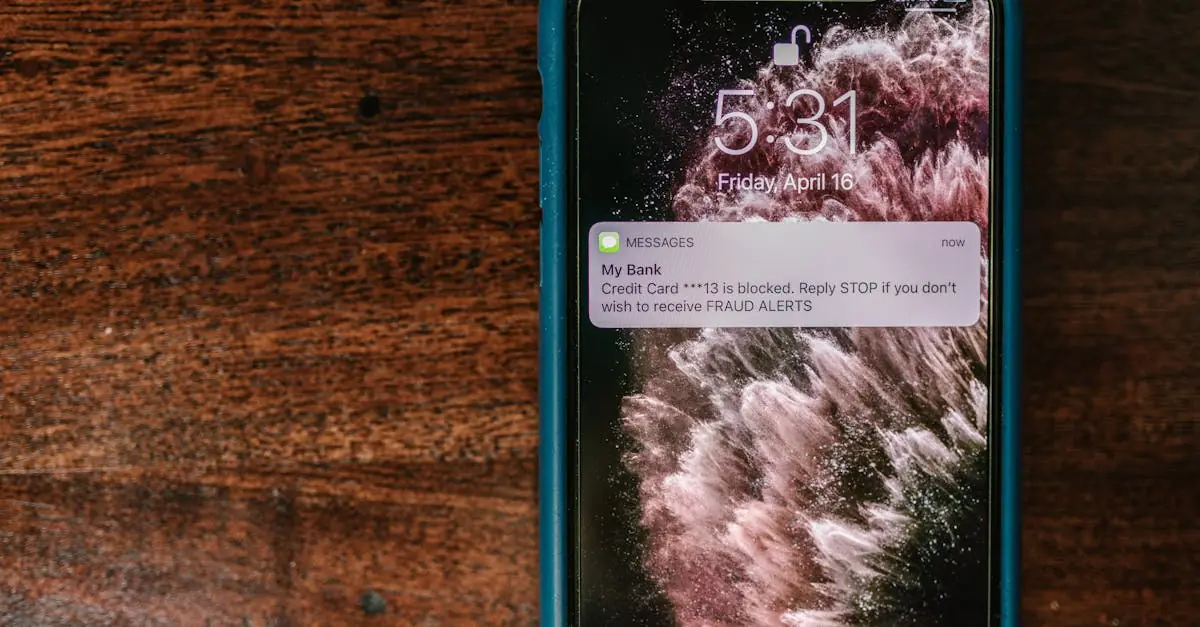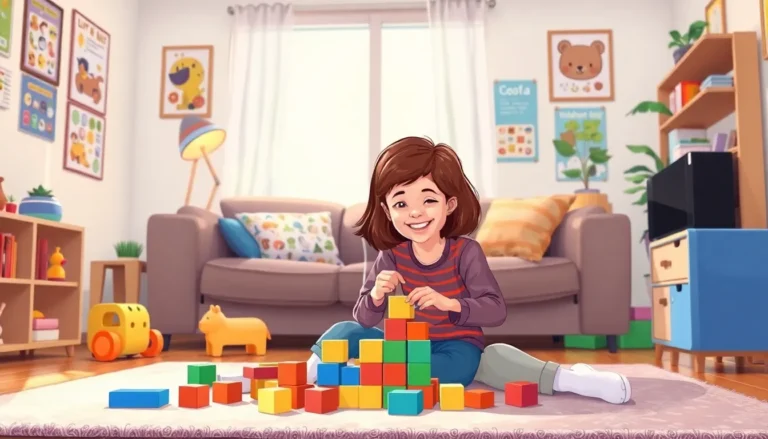Table of Contents
ToggleBlocking someone on an iPhone can feel like a digital power move, but what if the urge to reach out strikes again? Imagine this: you’re sipping coffee, scrolling through your contacts, and suddenly, you wonder if you can text that person you just blocked. Can you really send a message to someone who’s been exiled from your digital kingdom?
The answer might surprise you. While the block feature is designed to keep unwanted messages at bay, curiosity often leads to questions. In this article, we’ll dive into the ins and outs of texting someone you’ve blocked, with a sprinkle of humor to keep things light. Get ready to unravel the mysteries of your iPhone and find out if that blocked number can still hear your witty comebacks or heartfelt apologies.
Understanding Blocking on iPhone
Blocking someone on an iPhone effectively prevents them from contacting the user. Users affected by a block can’t send texts, calls, or FaceTime requests.
How Blocking Works
When a number gets blocked, it gets added to a user’s blocked list. This action stops all forms of direct communication. The recipient won’t receive notifications about any attempts made by the blocked number. Even if a message gets sent, it remains undelivered and invisible. Users can easily unblock a contact at any moment. The block feature manages unwanted communication, ensuring a more peaceful experience.
Effects of Blocking on Messaging
Blocking a contact results in message delivery issues. Blocked senders cannot transmit texts through standard messaging channels. They’ll perceive the action as though their messages go through because no error notification appears. Users can’t view any texts sent after the block occurs. Unseen by both parties, messages flow into a void. Restoration of communication requires unblocking the contact, which allows normal messaging to resume.
Can You Text Someone You Blocked on iPhone?
Blocking a contact on an iPhone halts all communication, including text messages. Users can’t send or receive texts from blocked contacts.
The Technical Aspects
Blocking a number adds it to a restricted list. This action prevents any messages, calls, or FaceTime requests from penetrating the block. When a blocked contact sends a text, the message does not deliver. Instead, it disappears into an unmonitored space. Notifications are absent, meaning users won’t know about any attempted messages. Unblocking the number restores regular communication, allowing for message exchanges once again.
Common Misconceptions
Some believe that blocked contacts can still text and the messages will appear later. This notion is incorrect. texts sent from blocked contacts never reach the recipient. Many think they can bypass the block using different numbers, but the device securely maintains those blocks. Assuming a blocked sender has a way to communicate is a common misunderstanding.
Alternatives to Communicating with Blocked Contacts
Communication with blocked contacts requires some consideration, as options exist to resume interaction if desired.
Unblocking a Contact
Unblocking a contact allows for the restoration of communication. Users access the “Settings” app, scroll to “Messages,” and select “Blocked Contacts.” After finding the desired contact, simply swipe left and choose “Unblock.” Once unblocked, messages from that person deliver normally, and both parties can text freely. Users need to be aware that this action reveals their phone number to the contact again, making it suitable for those who want to re-establish contact.
Using Different Messaging Apps
Different messaging platforms offer alternative ways to communicate. Apps like WhatsApp, Facebook Messenger, and Signal don’t share the phone’s block settings. Users can send messages through these apps, as those blocks only apply to the iPhone’s native messaging system. Keep in mind that both parties must have the same app installed. Furthermore, this method requires knowing the other person’s username or phone number on that platform.
The Emotional Impact of Blocking Someone
Blocking a contact can evoke various emotions and raise questions about future interactions. Users often experience relief from avoiding unwanted communication, but this decision may also lead to feelings of guilt or sadness.
Psychological Considerations
Feelings of empowerment accompany the ability to block someone. Taking control over personal space offers a sense of safety. However, anxiety may follow as individuals ponder the implications of their actions. Guilt can surface when users consider the emotions of those they block. Regrets often arise if circumstances change, leading to second thoughts about ongoing communication. Navigating these feelings may require self-reflection and support from friends or family.
Navigating Relationships After Blocking
Restoring communication can feel daunting after blocking someone. Opening the lines again depends on the user’s comfort level and the context of the relationship. Unblocking might foster the potential for reconciliation, but it exposes vulnerability. Engaging in a conversation requires readiness to address past conflicts. Some individuals prefer using alternate messaging platforms to avoid direct confrontation. Others may choose to let time dictate the next steps, assessing whether feelings remain or if moving forward is best.
Blocking someone on an iPhone is a clear statement about personal boundaries. While it’s impossible to text a blocked contact directly through standard messaging, users have options if they wish to reconnect. Unblocking the contact restores communication but requires careful consideration of the emotional implications.
For those who prefer to avoid direct confrontation, alternative messaging apps provide a way to communicate without unblocking. Ultimately, navigating these decisions involves weighing personal comfort against the desire for connection. It’s crucial for users to reflect on their feelings and seek support when needed, ensuring their choices align with their emotional well-being.





